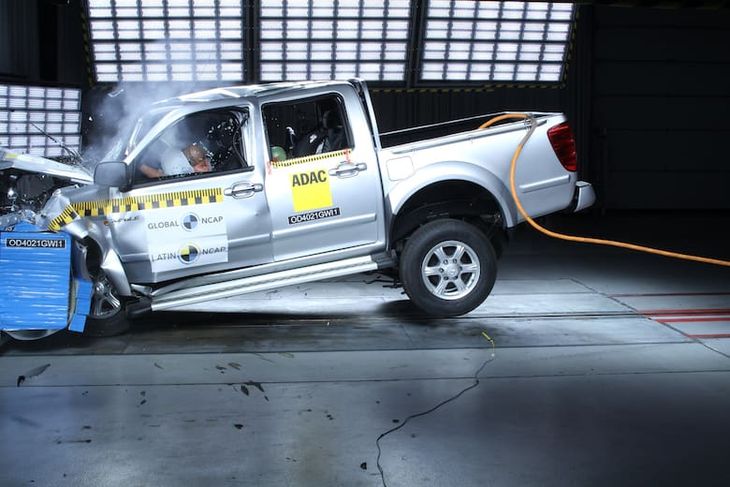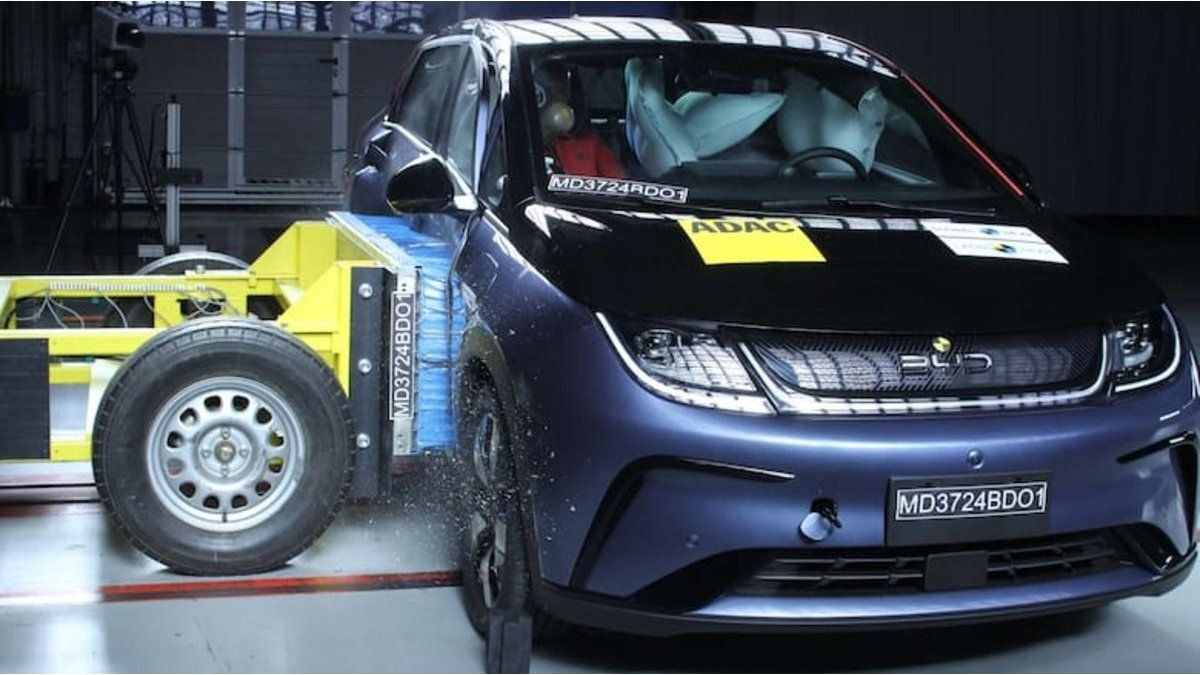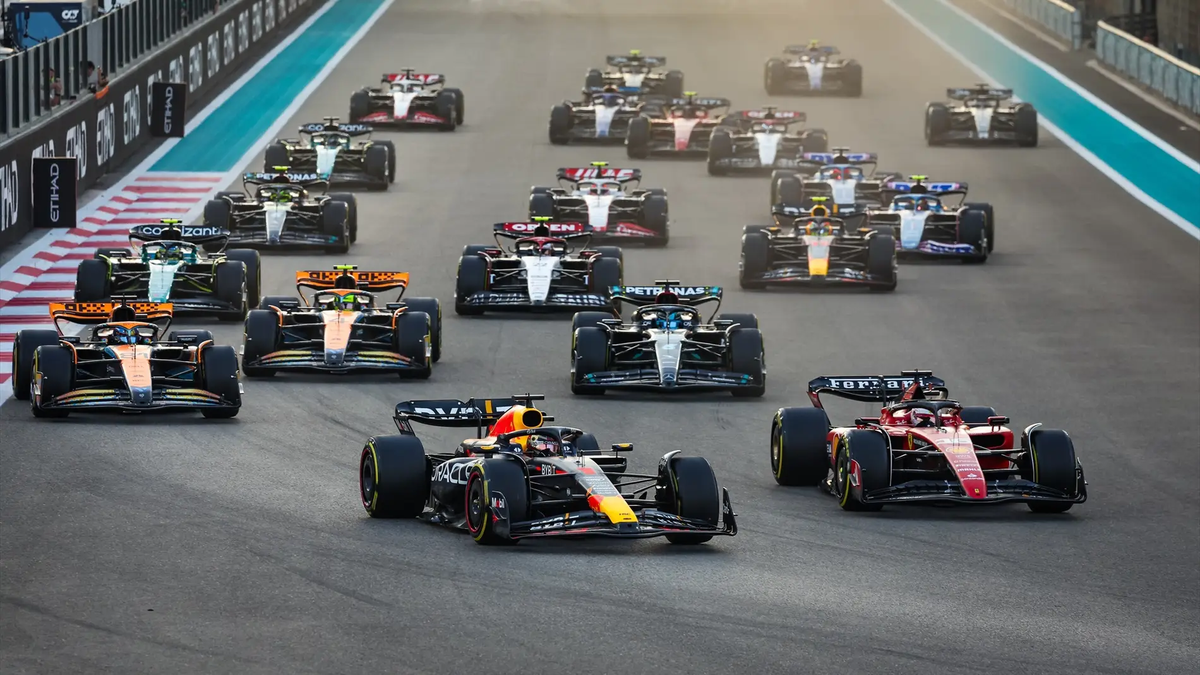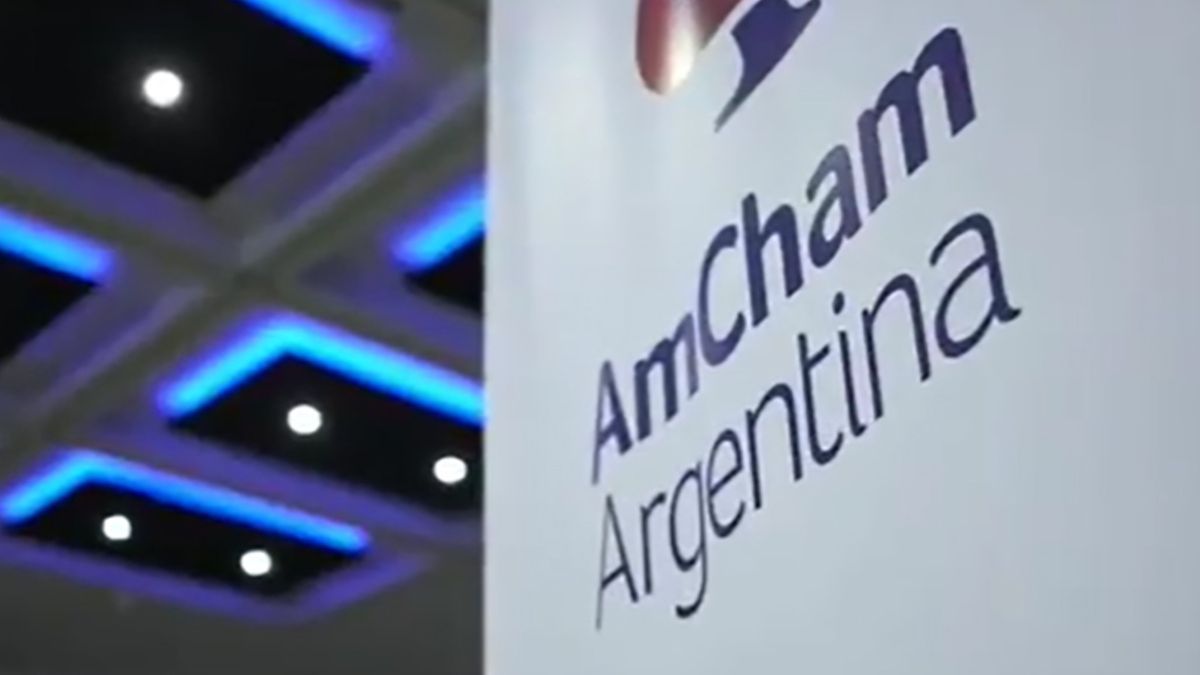Although Asian vehicles managed to stand out for their technology and design, safety tests reveal two opposite realities. The details.
In the last ten years, vehicles of Chinese origin stopped being perceived as unsafe and began to compete on equal terms with traditional manufacturers.
The content you want to access is exclusive to subscribers.
However, the results in crash tests show a notable contrast depending on the evaluating body: while in Europe models typically achieve top ratings for Euro NCAPin Latin America reality is more heterogeneous according to Latin NCAP.


Safety in Chinese cars: what the organizations that evaluate them say
Although both programs seek to measure the safety of new carstheir criteria differ. In Europestructural protection and the incorporation of advanced driving assistants, such as autonomous emergency braking or lane maintenance, are prioritized. In Latin Americathe focus is on having minimum equipment, such as airbags and stability control, adapting the standards to the regulatory and economic diversity of the region.
These differences mean that the same model can present variants of equipment and materials depending on the market, which has a direct impact on its ratings. For example, the BYD Dolphin Pluswith seven airbags, achieved five stars in Latin NCAPwhile models such as the JAC E-JS1 and the Great Wall Wingle 5 pickup, with only two airbags, obtained zero stars.
great-wall-motors-wingle-5

The Great Wall Wingle 5 pickup, with only two airbags, earned zero stars.
In Europethe situation is more uniform: since 2020, almost all chinese cars evaluated achieved the maximum score. BYD, NIO, XPeng, Zeekr, Lynk & Co, Chery and GWM They stand out with multiple five-star models. Only a few, like the MG3, MG ZS Hybrid and Chery Tiggo 7 and 8they stayed at four stars.
The key difference between markets lies in the mandatory nature and consistency of safety equipment. While the European Union imposes high uniform standards, in Latin America the requirements vary depending on the country, generating versions with very different qualifications and showing that safety depends largely on the standard equipment.
Source: Ambito
I’m a recent graduate of the University of Missouri with a degree in journalism. I started working as a news reporter for 24 Hours World about two years ago, and I’ve been writing articles ever since. My main focus is automotive news, but I’ve also written about politics, lifestyle, and entertainment.




